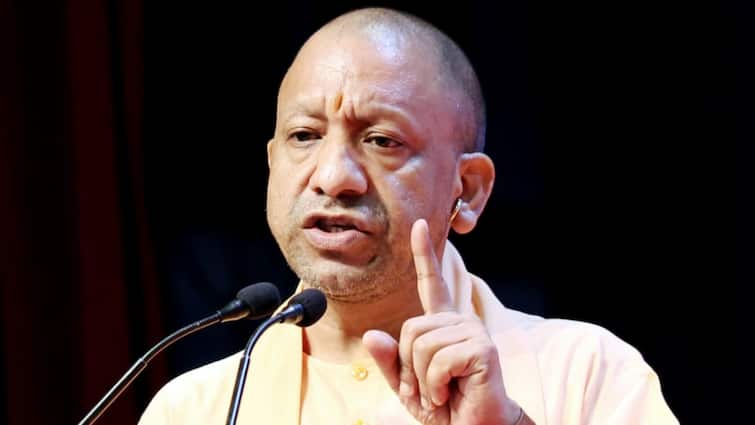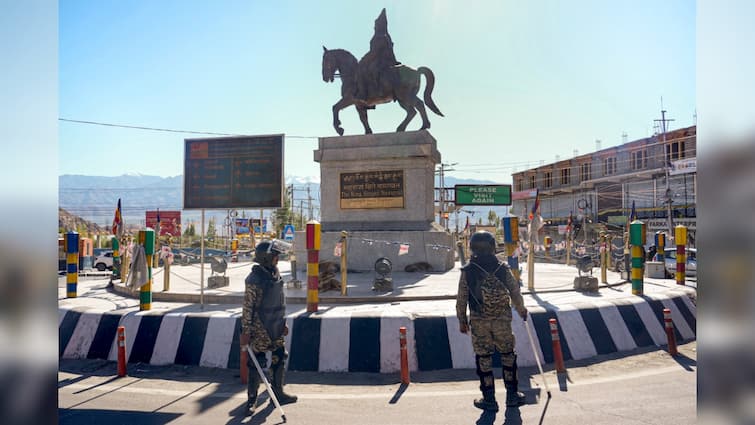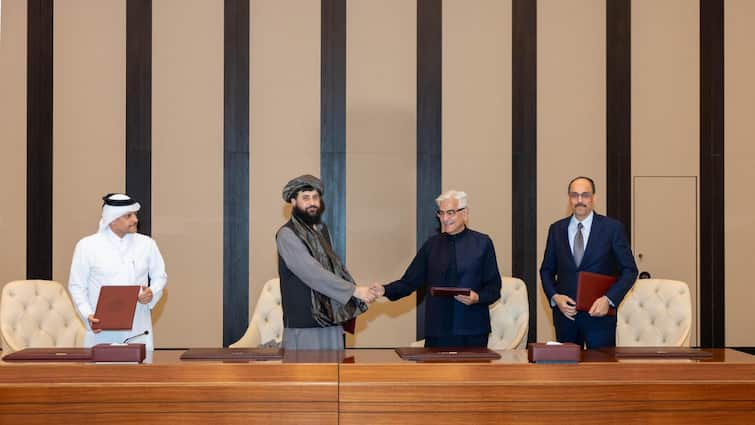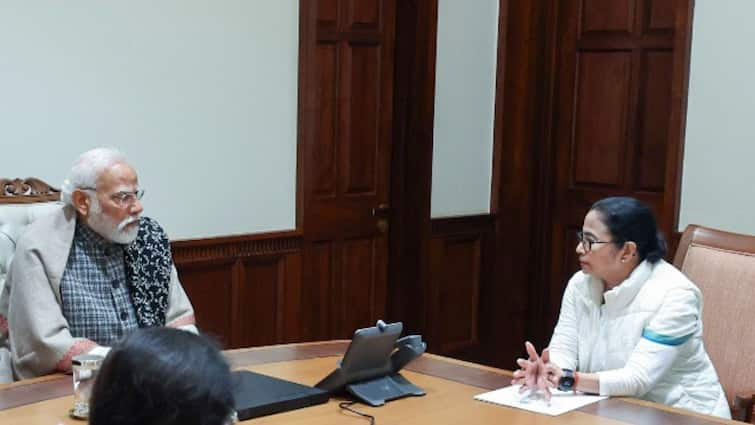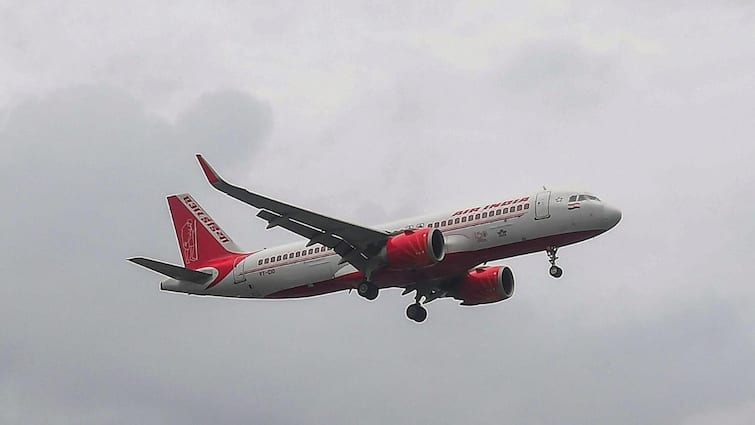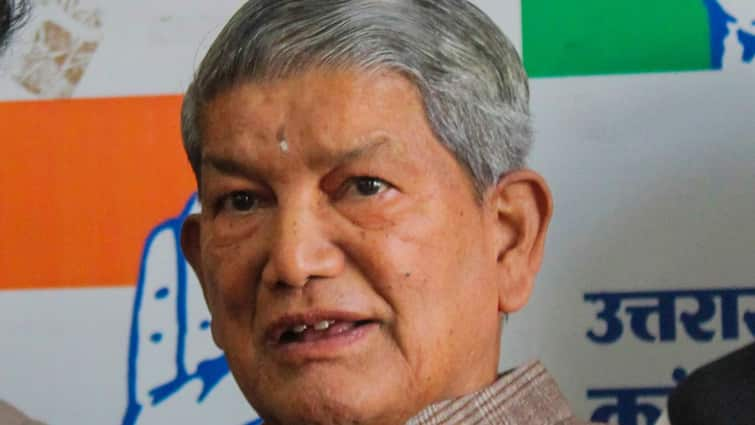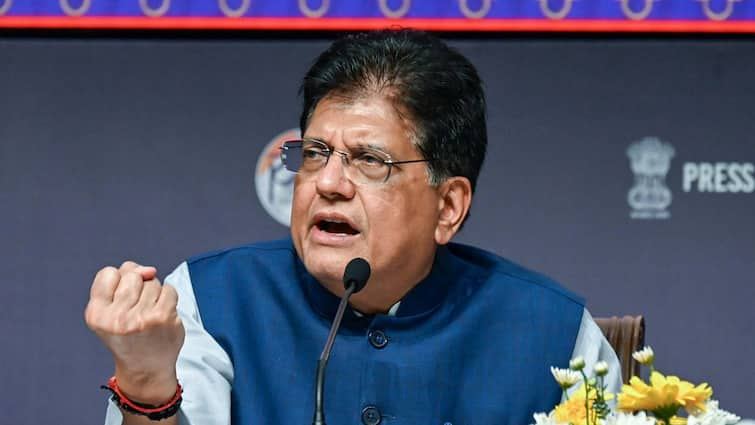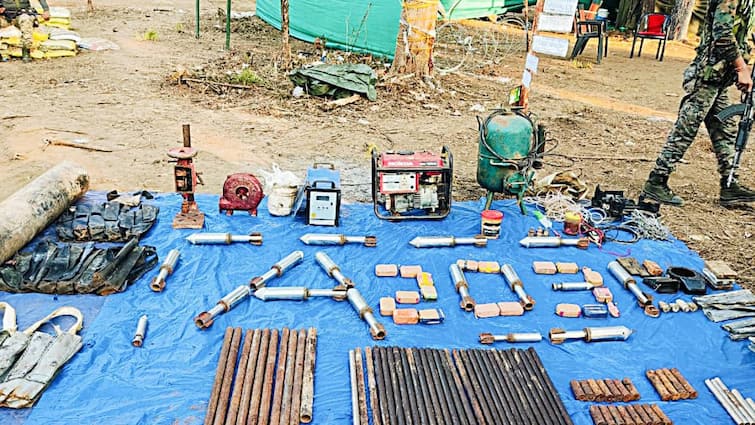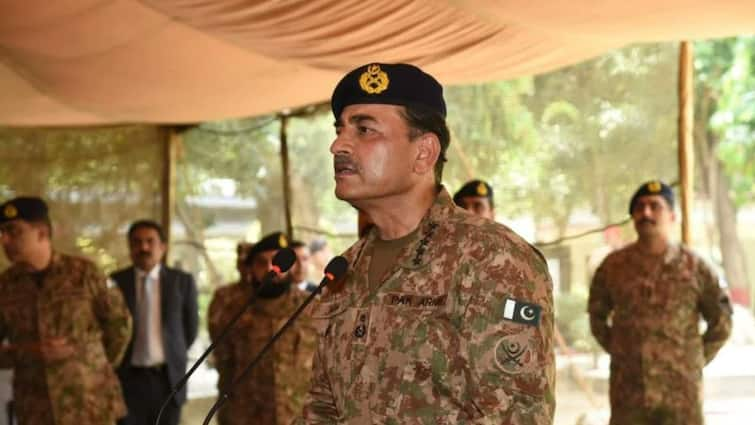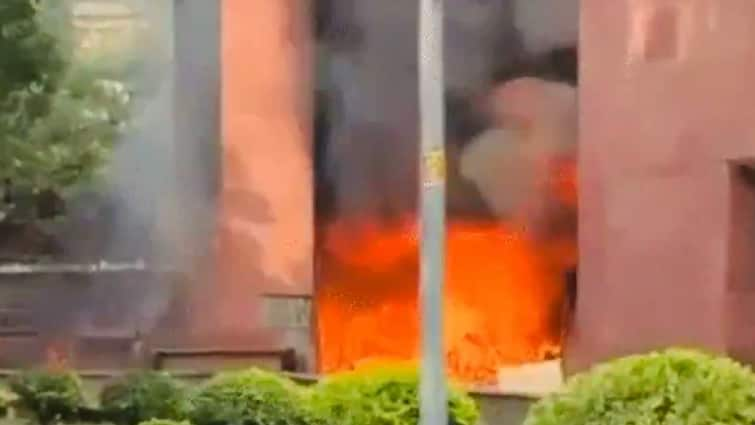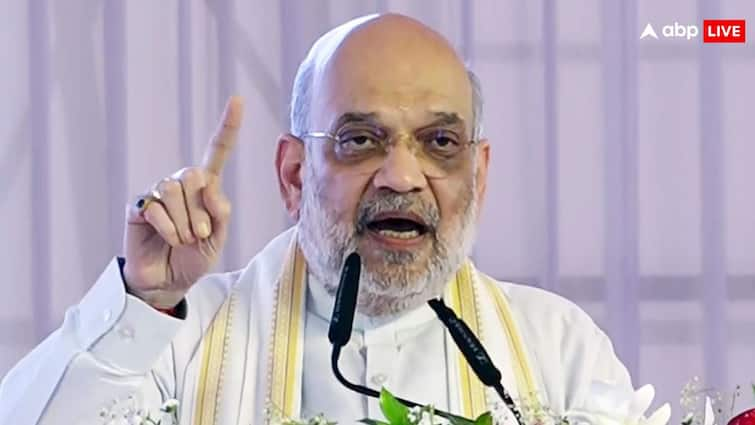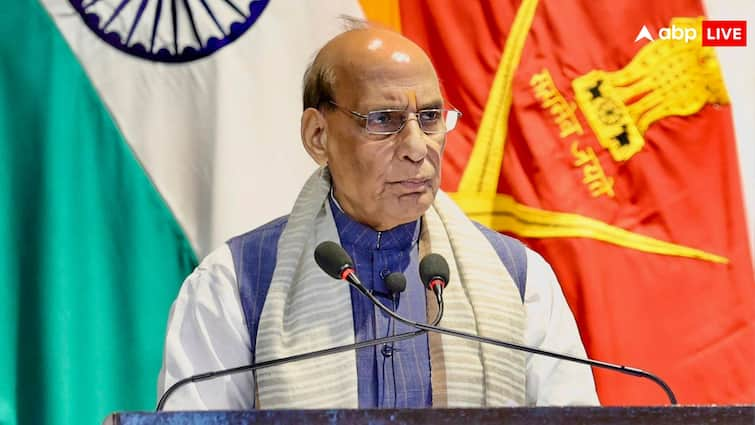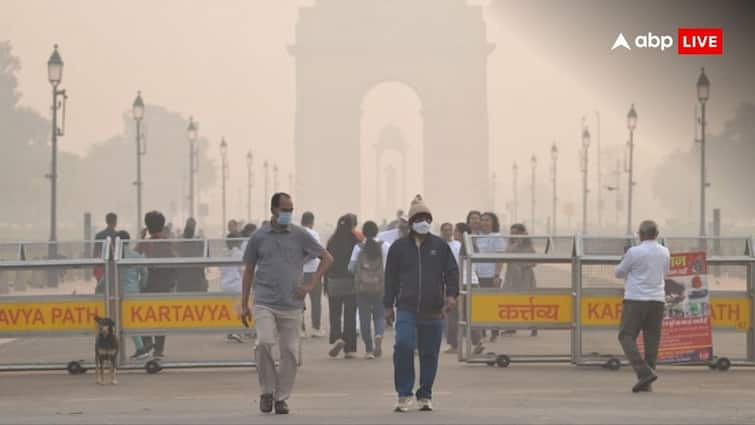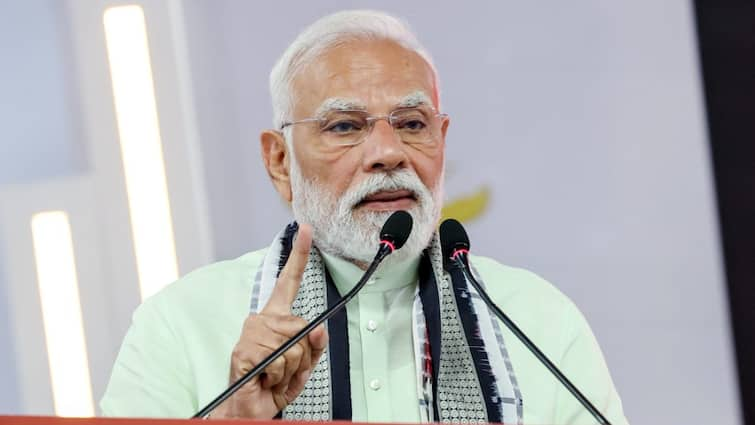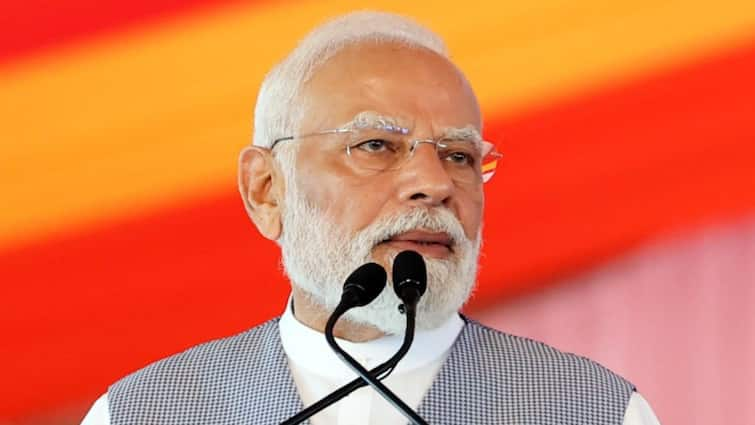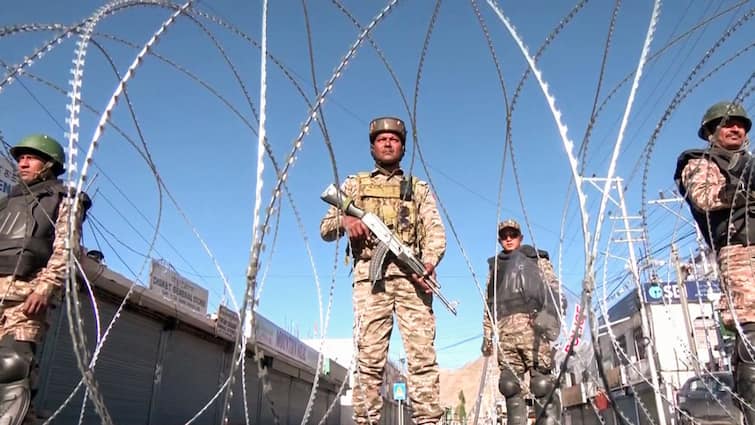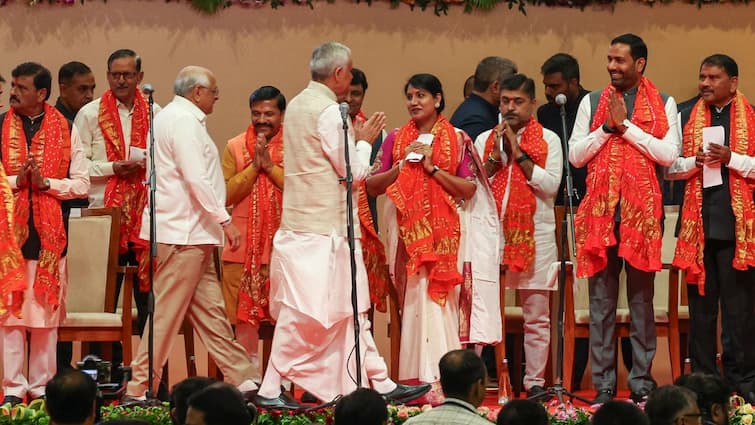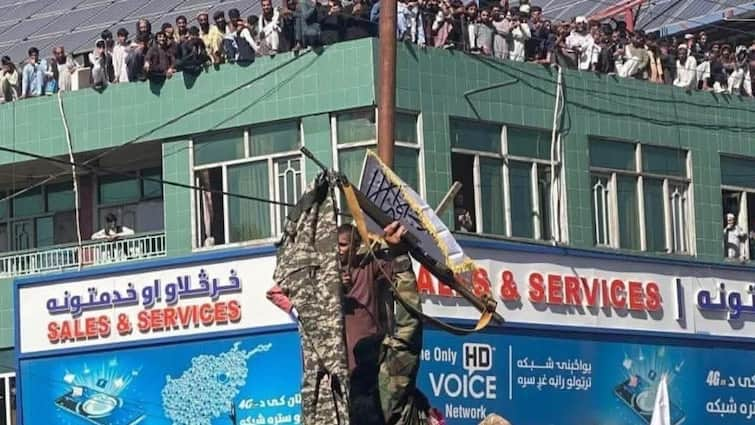
Operation Safed Sagar was the Indian Air Force’s codename for its air operations during the Kargil War of 1999. Launched in support of the Indian Army’s Operation Vijay, it marked a pivotal shift in the strategic use of air power in high-altitude warfare.
Initiated in May 1999, Operation Safed Sagar was designed to assist ground forces in flushing out Pakistani regulars and armed intruders who had illegally occupied Indian positions along the Line of Control (LoC) in the Kargil sector of Jammu and Kashmir. The IAF was tasked with providing close air support to troops operating in some of the most hostile and elevated terrains in the world.
Why Was Operation Safed Sagar Significant?
This was the first large-scale use of air power in the Kashmir region since the 1971 Indo-Pak War. But unlike previous operations, Safed Sagar was defined by the unprecedented challenge of conducting precision strikes in rugged, high-altitude terrain, where thin air and unpredictable winds posed significant operational constraints.
The IAF operated at altitudes above 16,000 feet, often near the limits of aircraft performance, setting new standards in mountain warfare aviation.
Operation Safed Sagar became a watershed moment in military aviation for multiple reasons. It was among the first instances of limited air power being used effectively in a localised conflict, without escalating to full-scale war.
It dispelled long-standing strategic hesitations around deploying air assets in border skirmishes.
The IAF’s precision strikes avoided crossing international boundaries, showcasing India’s strategic restraint while maintaining tactical effectiveness.
The operation also included the use of laser-guided bombs and night operations, pushing the envelope of India’s air warfare capabilitie.
Doonited Affiliated: Syndicate News Hunt
This report has been published as part of an auto-generated syndicated wire feed. Except for the headline, the content has not been modified or edited by Doonited





